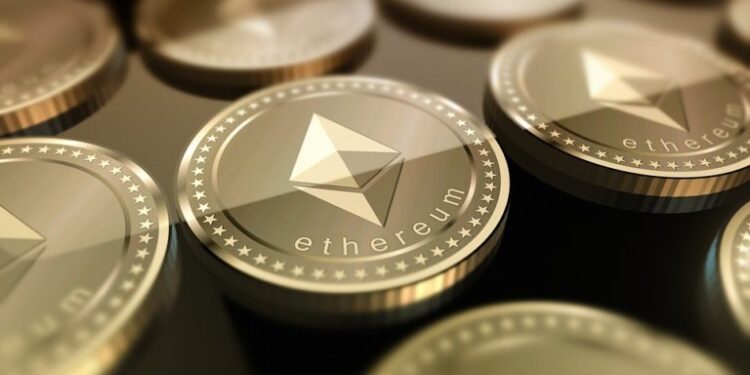Ether and Bitcoin are some of the most popular cryptocurrencies on the market. You can find a couple of btc and eth on almost all platforms. If you need to exchange one cryptocurrency for another, you need to look for exchangers and be aware of all the risks and opportunities.
Ethereum exchange
Digital currency exchange for rubles is carried out using exchangers. On the site, following the instructions, select the given and received directions. Each exchanger has its own conditions and commission, but the algorithm of actions is the same:
· The exchange service is selected in the table: eth to btc.
· Select the mode – manual or automatic.
· Enter the amount and your details, proceed to payment.
· If at the moment automatic exchange is not possible under the terms of the service, you will be prompted to use the manual mode.
Where is Ether stored?
For storing savings in digital currency, the most reliable are:
1. exchange account;
2. wallet on the Ethereum website (Myetherwallet).
You should not store cryptocurrency in one place, even if it is an account on an exchange. For a greater guarantee, funds can be scattered across different wallets. If the owner is not going to trade currency, there is no point in keeping the savings online. It is recommended to partially withdraw them to a bank card, having previously exchanged them for the desired currency. If Ethereum is needed to make money on the difference in rates, then it will be unprofitable to withdraw the currency from the exchange and start it back – a lot of money will be spent on commission.
And the third storage method, which many consider the most reliable, is to download the wallet to your PC from the official cryptocurrency website. This is a rather voluminous program weighing at least 80 Gigabytes. Follow the instructions to get the private key and unpack the file. It is important to learn how to use your wallet in order not to lose access to your money.
Risks and possible problems
Any investment involves risks. Those who invest in financial instruments, including Bitcoin and the Ethereum cryptocurrency, should consider two types of investment risks – trading and non-trading.
Trading risks are the likelihood of losing your capital, in part or all, due to the wrong actions of the manager. So, on the stock exchange, this can happen to an inexperienced trader as a result of thoughtless use of leverage. Non-trading risks are associated with the termination of the broker or any other company practicing in attracting investments.
If an investor, due to circumstances or doubts, changes his mind about buying digital currency, he will not be able to withdraw the payment. And the main risk is that this market does not have a regulator, which means that in case of loss of money there will be no one to ask.
High volatility is another risk for an investor. The cost of Ethereum, and indeed any other digital currency, can skyrocket in a minute and collapse on the same day.











